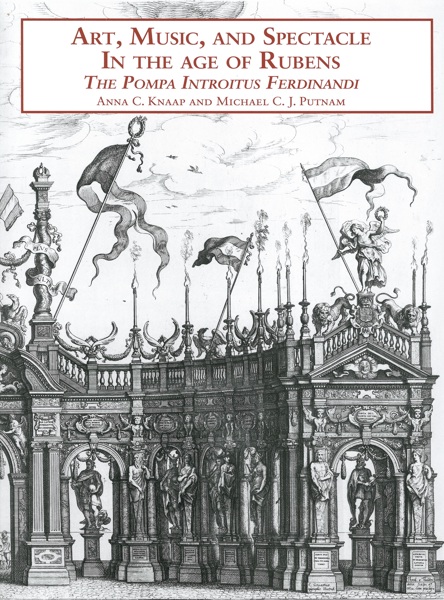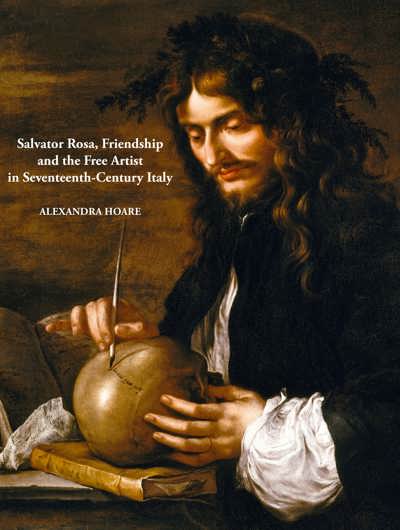
- Pages: 336 p.
- Size:220 x 280 mm
- Illustrations:11 b/w, 118 col.
- Language(s):English
- Publication Year:2019
- € 65,00 EXCL. VAT RETAIL PRICE
- ISBN: 978-1-912554-09-6
- Hardback
- Available
The book explores the artists’ skeptical reflection on the problematic relationship of painting and sculpture to the art of truth.
“This most inspiring and carefully documented book would influence generations of readers and scholars. Pereda’s writing style is captivating, enticing us to read a profound text with a relaxation uncommon to the general tenor of art historical texts. (…) This book is most welcome and invites more literature coming from this fascinating scholar.” (Livia Stoenescu, in Seventeenth-Century News, 77, 2019, p. 131)
“The Art of Truth in the Spanish Golden Age (…) provides new insights into the contexts of an important group of Golden Age Spanish religious works (…)” (Markus B. Burke, in caa.reviews, 2020/5)
Felipe Pereda is the Fernando Zóbel de Ayala Professor of Spanish Art at Harvard University. Born in Madrid, he studied at the Universidad Complutense, and the Autónoma University where he received his PhD (1995) and taught until 2011. In more recent years, he has also taught at the Instituto de Investigaciones Estéticas (Universidad Autónoma de México), and Johns Hopkins University (2011-15). He has worked on Spanish late medieval and early modern art, art theory, image theory and history of architecture.
According to an old historiographic tradition, the Spanish Golden Age placed the imitation of nature at the service of religion: its radical naturalism responded to the deep faith of that culture and moment. Crime & Illusion argues the opposite. It defends the thesis that the fundamental problem artists of the Golden Age confronted was not imitation but Truth. Moreover a large part, maybe the best part, of Spanish Baroque religious imagery is better understood as a complex exercise in addressing the spectators’ doubts. Hovering on the horizon of an emerging empiricism, artists created their images as pieces of evidence, arguments for belief. Crime & Illusion reconstructs and interprets this judicial or forensic aspect of early modern visual culture at the center of a political, religious, and scientific triangle. Finally, the book explores the artists’ skeptical reflection on the problematic relationship of painting and sculpture to the art of truth.





